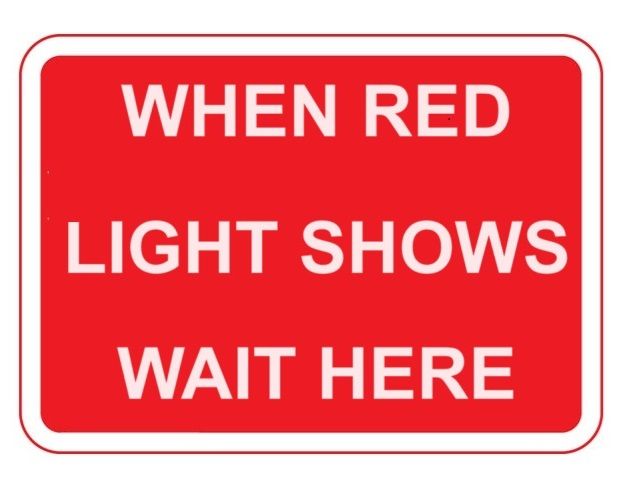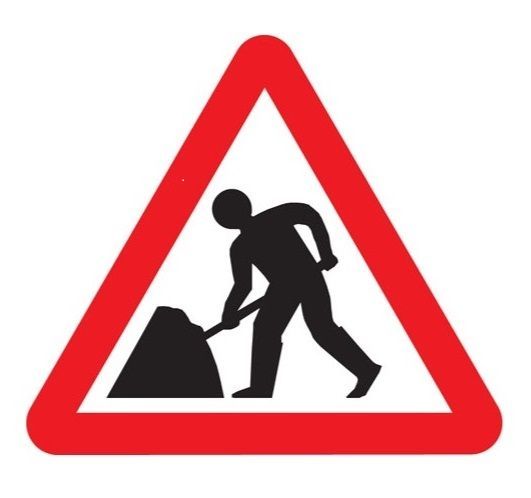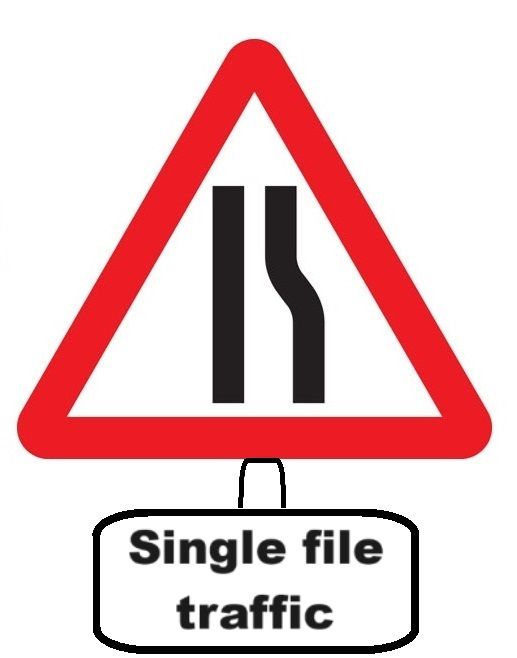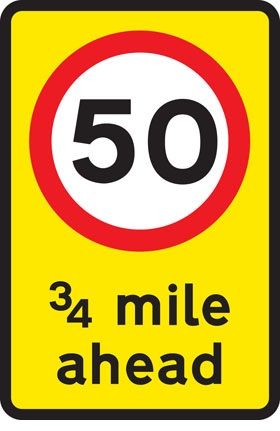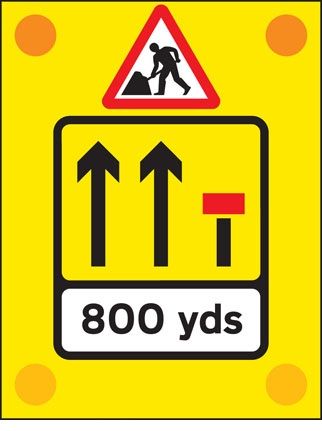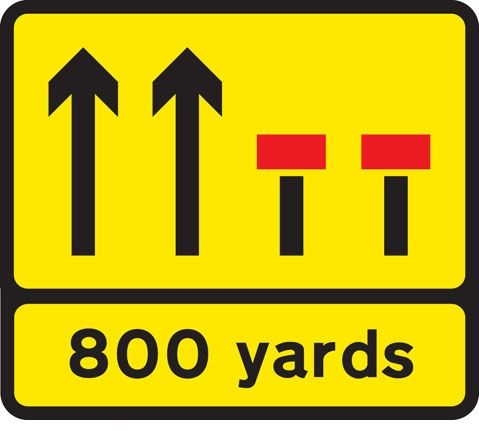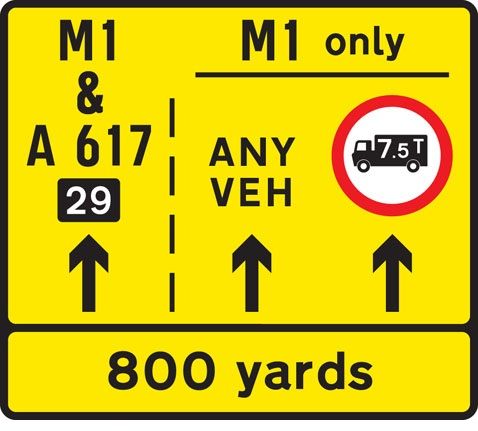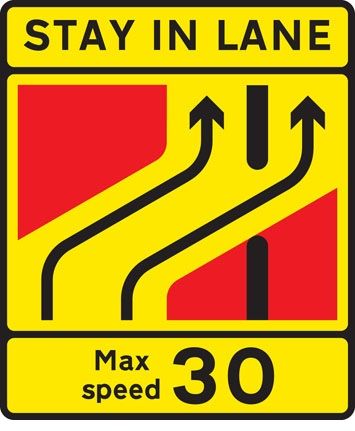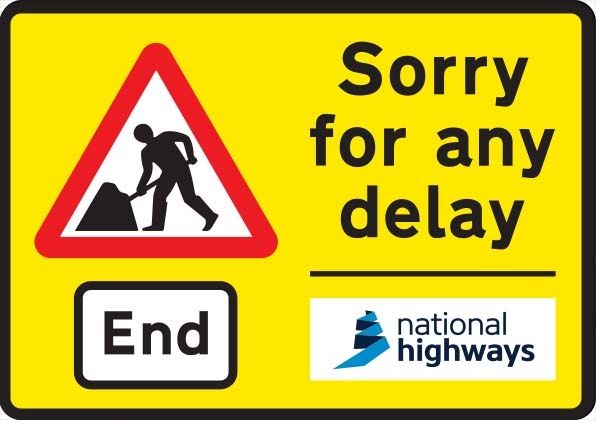- P.O.M routine (moving off)
- Improving clutch control
- M.S.M routine when stopping (including turning)
- Co-ordination of foot controls
- Steering to a safe driving position and pulling up on the left
- Gear changing up and down should now be getting more independent
- Adequate distance around stationary vehicles and slower moving vehicle (cyclists and pedestrians) should be nicely improving.
- L.A.D.A & M.S.P.S.G routines (main road to side roads and side road to main roads)
- Two second gap
- Hold back position
- Meeting , overtaking, adequate clearance when overtaking stationary & slow moving vehicles
- Full talk through
- Prompt
- Independent
Awareness & planning
Driving on roads these days you have to be a detective, you need to be 3/5 steps ahead (like a game of chess). You don’t just have to think about yourself but about everyone else on the road and pavement.
This is an art form of being able to pick out the important details to enable you to anticipate what might happen next from all the information provided by your planning and senses.

Hazard perception
Your instructor will guide you to be a safer driver. You must look for clues and build up a mental picture of what the other pedestrians, cyclists and driver may do next. The hazard perception skills can only be improve through experience, just reading this brief will give you an insight on what will be expected on your lesson and on your driving test.
Temporary traffic light can be anywhere
At certain times of the year your local council will do a lot of road repairs and will distrust your town or city for weeks, months and sometimes years. The only thing we can do as driving instructors is prepare you for the upheaval and back lock of traffic putting minuets to hours on your journey.
How do you prepare yourself for this? Know what it tells you to do in the highway code and know your road signs.
Road works quiz
- Hover on picture to pause next clip
- Hover on button to see answer
Highway code rule 288
When the ‘Road Works Ahead’ sign is displayed, you will need to be more watchful and look for additional signs providing more specific instructions. Observe all signs – they are there for your safety and the safety of road workers.
- You MUST NOT exceed any temporary maximum speed limit.
- Use your mirrors and get into the correct lane for your vehicle in good time and as signs direct.
- Do not switch lanes to overtake queuing traffic.
- Take extra care near cyclists and motorcyclists as they are vulnerable to skidding on grit, mud or other debris at road works.
- Where lanes are restricted due to road works, merge in turn (see Rule 134).
- Do not drive through an area marked off by traffic cones.
- Watch out for traffic entering or leaving the works area, but do not be distracted by what is going on there. Concentrate on the road ahead, not the road works.
- Bear in mind that the road ahead may be obstructed by the works or by slow moving or stationary traffic.
- Keep a safe distance – there could be queues Infront.
Temporary traffic lights
Depending on if the road works are on a main road with maybe a water leak, and your local water board had to shut the road down dig down to fix the issue, there will be traffic lights dictating priory. Another option there could be a road worker with stop and go signs, obey the signs and do what they are saying.
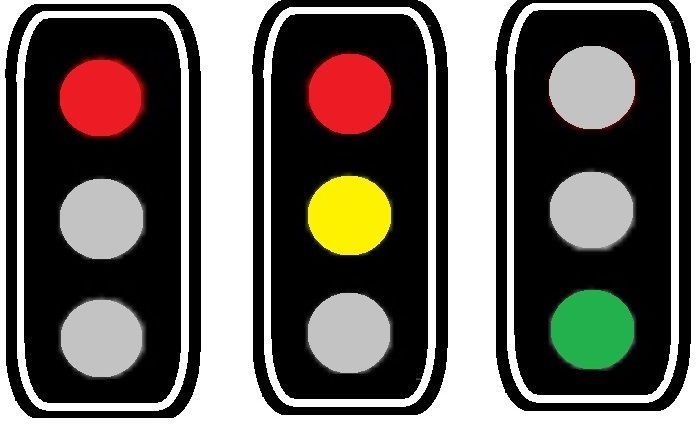
RED means ‘Stop’. Wait behind the stop line on the carriageway
RED AND AMBER also means ‘Stop’. Do not pass through or start until GREEN shows
GREEN means you may go on if the way is clear. Take special care if you intend to turn left or right and give way to pedestrians who are crossing
AMBER means ‘Stop’ at the stop line. You may go on only if the AMBER appears after you have crossed the stop line or are so close to it that to pull up might cause an accident

Manually operated temporary STOP and GO signs
Where to stop at temporary traffic lights?
Roads always need repairing so at certain times one side of a road will be shut down so the road can be repaired, but unfortunately this causes road delays so on both side of the road will have timed temporary traffic lights. There will also a red sign telling you where to wait.
Road workers
When their is any road closer there will be work operatives working in the coned off area. So be more watchful and look for additional signs providing more specific instructions. Observe all signs – they are there for your safety and the safety of road workers.
Road signs you will probably see on the approach to a town road works

Stopping traffic on a main road
The most effective way to keep the flow of traffic going is to close one side of the road down and have temporary traffic lights dictating the flow of the traffic. You will have signs on the approach (above) and when your temporary traffic light is on red wait at the sigh that tells you to "when red light shows wait here" and you will have to wait for your light to go green before you proceed.

Hi viz clothing
Maintain a slow speed (normally 20MPH), the reason for this is their a work operative doing a job and its our job to keep that operative safe, so always be looking out for the hi vis clothing.

T junction or crossroads
When a T junction or crossroads has to be repaired the whole junction could be closed, then driver will have to find another way to get to your destination. However most of the time there will be temporary traffic lights on the junction (mentioned earlier on brief). Each side will have a temporary traffic light that will allow one set of traffic priority, if your traffic light is green it's your turn to go. You have to wait there turn and stop at the red "When red light shows wait at the wait here sign", go when the traffic lights go green (once it's safe of course).
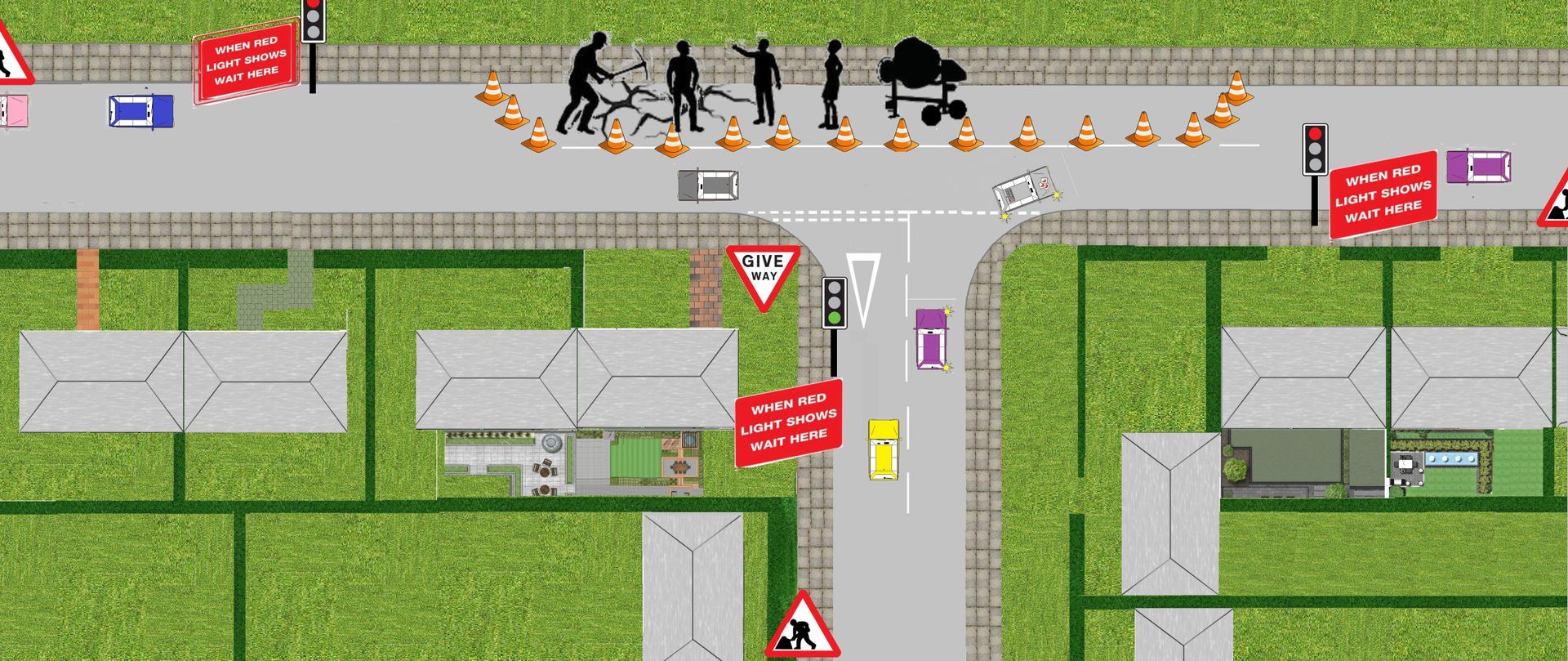
Round about lane closure
When there's a problem at a roundabout you again may be diverted with yellow diversion sign or there could be a 3 way set of temporary traffic lights giving one side priority, at some point on the approach to the roundabout. Plan ahead and slow down if your on a red light and go if your on a green light.

Dual carriageways and Motorway road works
Take special care on motorways and other high-speed dual carriageways.
- One or more lanes may be closed to traffic and a lower speed limit may apply.
- Works vehicles that are slow moving or stationary with a large ‘Keep Left’ or ‘Keep Right’ sign on the back are sometimes used to close lanes for repairs, and a flashing light arrow may also be used to make the works vehicle more conspicuous from a distance and give earlier warning to drivers that they need to move over to the next lane.
- Check mirrors, slow down and change lanes if necessary.
- Keep a safe distance from the vehicle in front (see Rule 126).
Contraflow systems
These mean that you may be travelling in a narrower lane than normal and with no permanent barrier between you and oncoming traffic. At the start and finish of contraflows, you should slow down and increase the distance to the vehicle in front because changes in the camber of the road may affect vehicle stability.
All the signs are there to help you know what's you are approaching
Lane closures in 1 mile, 50MPH speed limit enforced and lane 3 and 4 are closed.
800 yards sign
The issue with the count down markers showing 800 yards, 600 yards,400 yards then 200 yards is that most drivers will be happy to wait in lane one and the other drivers want to race to the end of the 200/100 yards point and merge (CUT).
What the Highway Code says
“You should follow the signs and road markings and get into the lane as directed. In congested road conditions do not change lanes unnecessarily. Merging in turn is recommended but only if safe and appropriate when vehicles are travelling at a very low speed, e.g: when approaching road works or a road traffic incident. It is not recommended at high speed.”
What does that mean in practice?
If you’re in the lane that’s closing, stay there. Drive in it for as long as you can, then flick on your turn indicator and when it’s safe to do so, merge with the traffic in the open lane. Ideally, each driver in the open lane should let one driver from the closing lane in.
Breakdown advice
If your vehicle breaks down in road works, follow Rules 275, 277 and 278 but be aware that areas marked off by cones contain significant hazards. Where available, you should move your vehicle into a signed road works refuge location. Signs indicate where dedicated recovery services are provided.
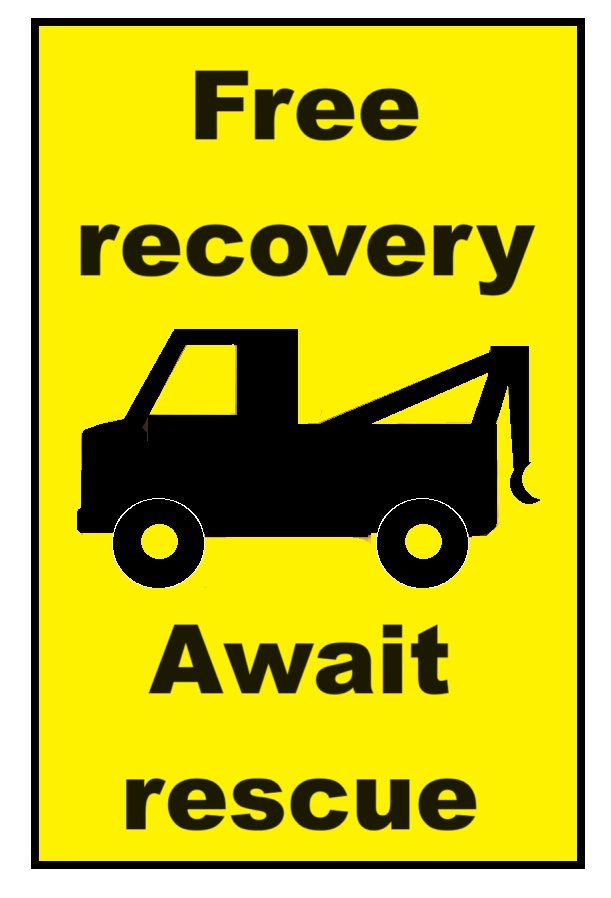
Agree your next lesson
learning techniques and strategies
Practice achieving and improving the M.S.P.S.G & L.A.D.A routine's at junctions while improving your awareness and planning with the road ahead.
Once you have practiced a few situations a few times your instructor will reduce his/her support transferring his responsibility over to you (that's if you agree with this).
Lesson Planning
- Agree learning goals and needs of todays lesson
- Agree appropriate lesson structure (full, partially or independent level of instruction)
- Practice in a suitable training area
Agreed if needed to adapt the lesson plan to help the pupil work towards their new learning goals if any verbal or physical intervention was made by the instructor
Risk Management
Fully understood how the responsibility for risk of the lesson would be shared on the lesson plan between instructor and student.
- Directional instructions will be given in ADI format (Alert, direction and identify manor) given to the pupil clear and given in good time
- Agree if the students made a minor, serious or dangerous error on your lesson it will be broken down using F.I.S.H (fault, implications, solution & help) this method of feedback helps pupils understand what fault is being made and how to strategies on how correct the faults.
Teaching & Learning Strategies
Like mentioned earlier every student is induvial and each and everyone of you will progress at different rates so driving will adapt their lesson plan to help you achieve your driving goals.
- Your driving instructor will adapt their teaching style to suite your ability and ability
- Your driving instructor will continue to encourage you on your lesson and analyse any problems made and allow you to take responsibility for your own learning goals by giving you technical information to improve your techniques. Your technical feed back from your instructor will be ether given on the move or if feel needed by pulling you up on the side of the road somewhere safe, legal and convenient.
Rote learning (WikipediA)
Rote learning is a memorization technique based on repetition. The method rests on the premise that the recall of repeated material becomes faster the more one repeats it. Some of the alternatives to rote learning include meaningful learning, associative learning, spaced repetition and active learning.
At the end of your lesson
At the end of each lesson you will have a debrief with your instructor giving you the opportunity to reflect on your performance on your lesson then you can set up new goals for your next driving lesson.
This will also give you the opportunity to research any new topics that will be brought into on your next agreed lesson.
